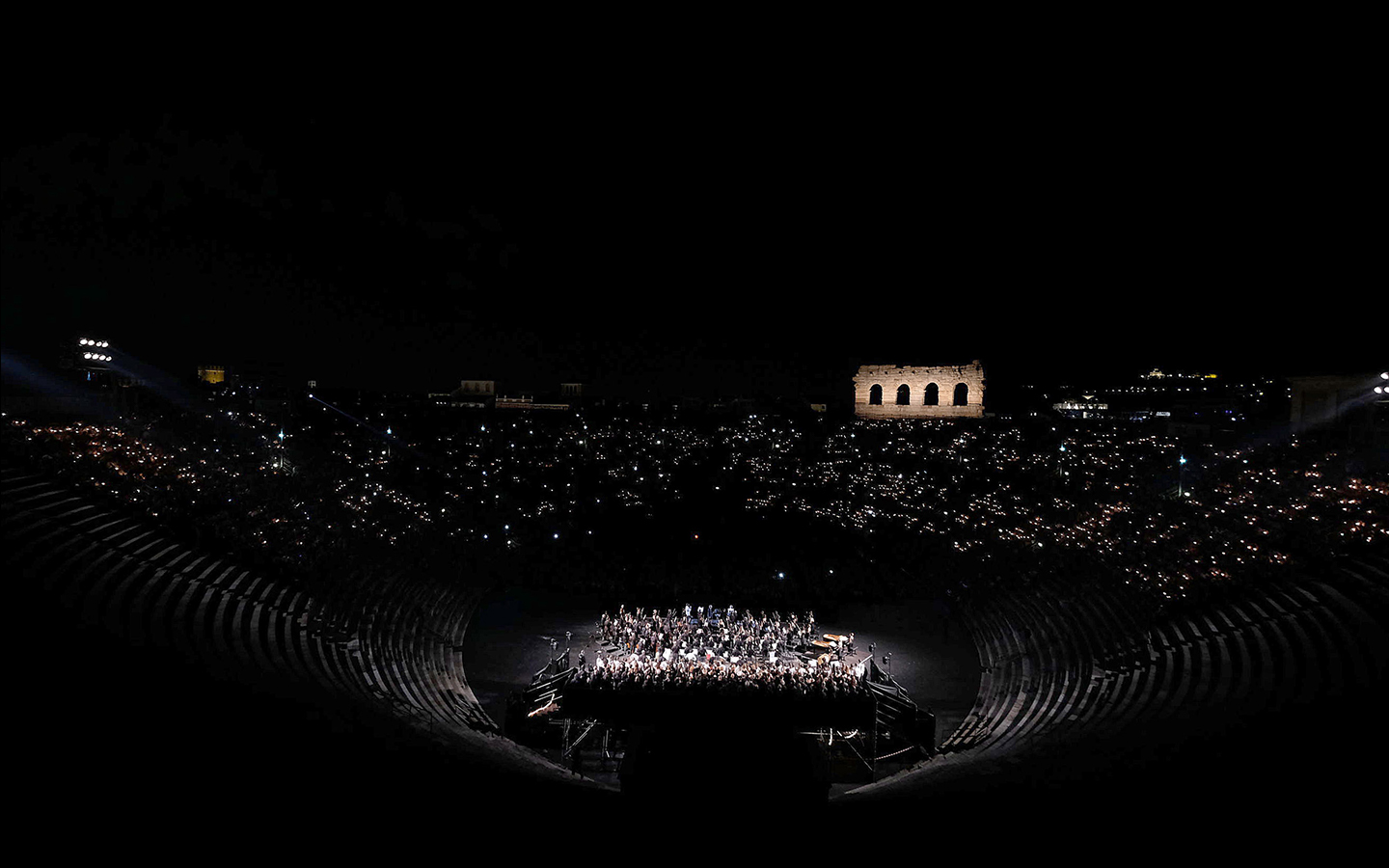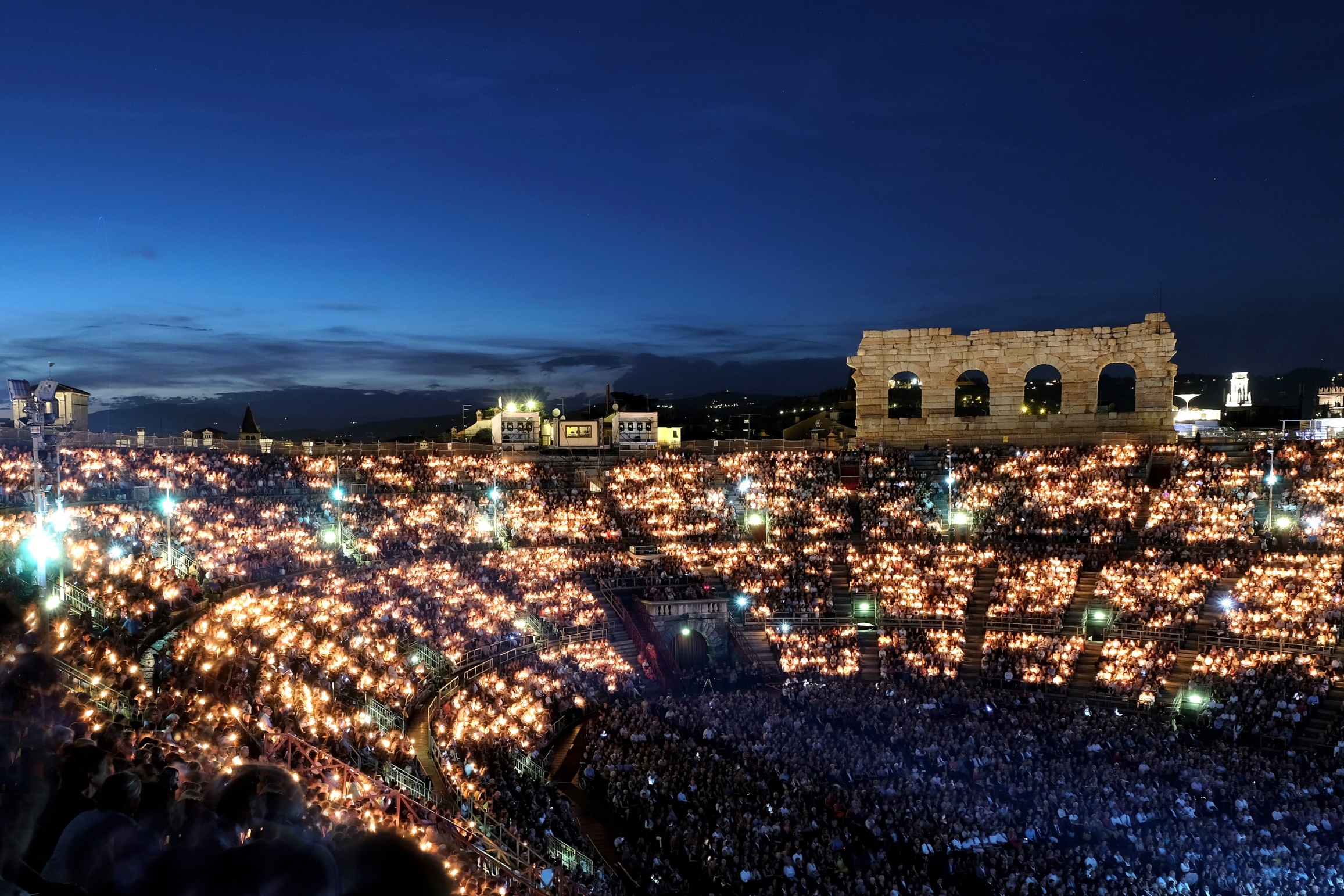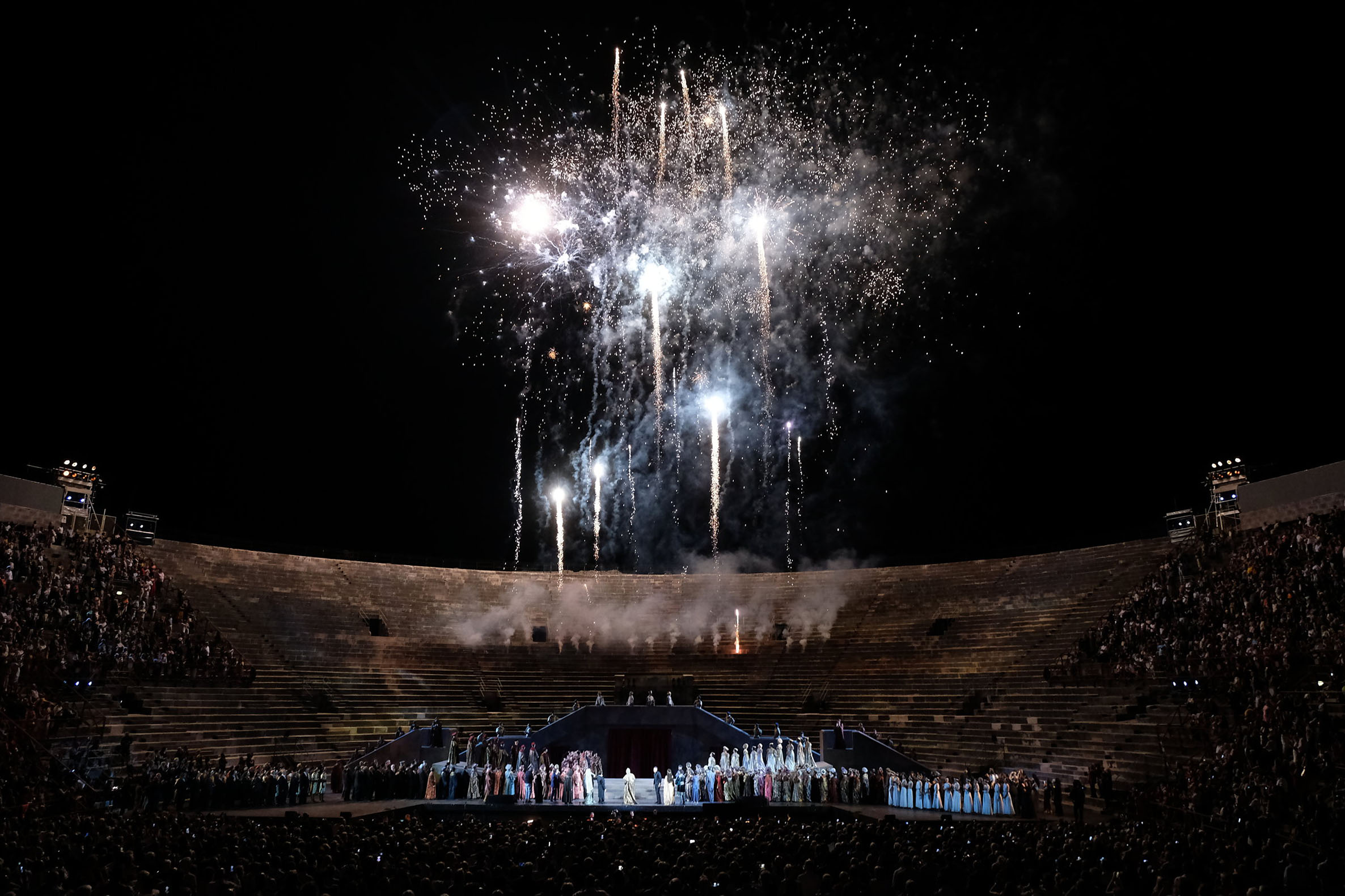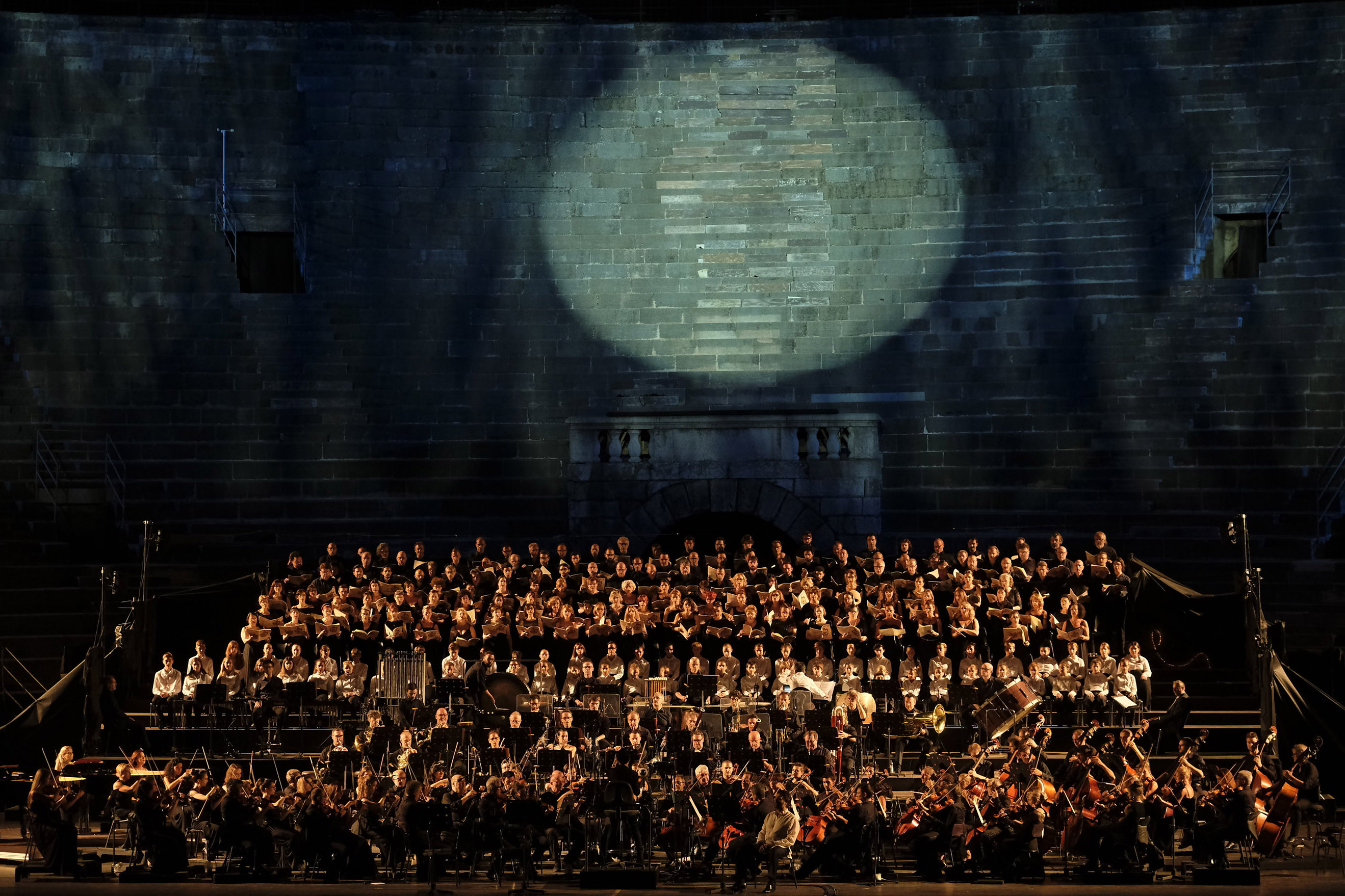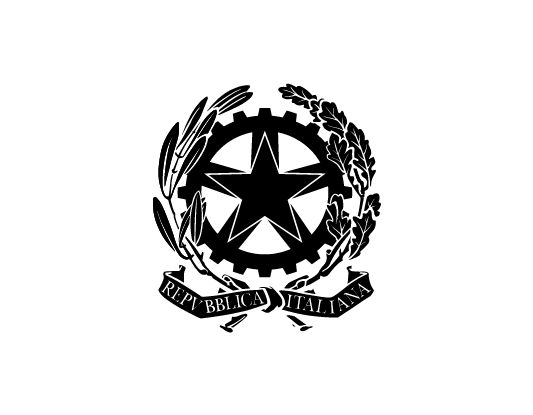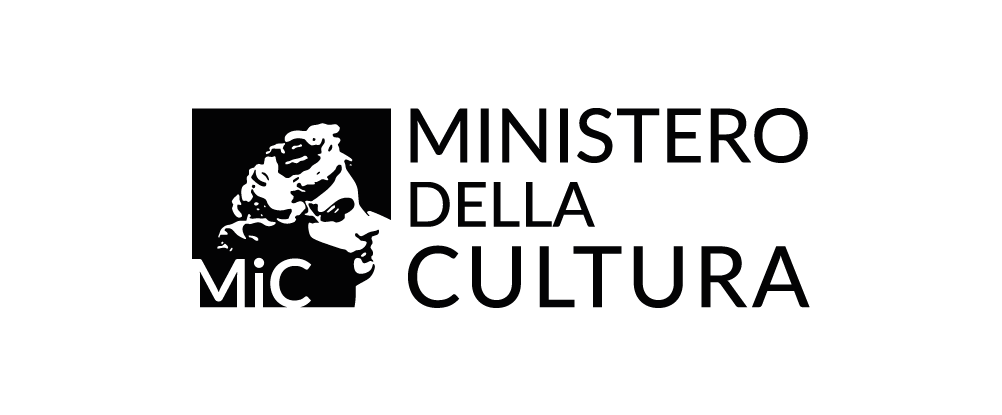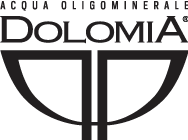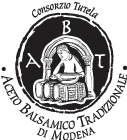TOSCA
Synopsis
Roberto Mori
ACT I
Rome, June 1800
A man secretly enters the Church of San Sant'Andrea della Valle. He is Cesare Angelotti, console of the fallen Roman Republic, arrested by the Papal authorities and just escaped from the prison of Castel Sant'Angelo. He hides in the family chapel, where his sister, the Marchesa Attavanti, has prepared a female disguise to facilitate his flight.
The sacristan arrives, grumbling. He is annoyed with the artist Mario Cavaradossi, who has given him the job of cleaning his brushes; he also dislikes the artist for his liberal pro-French ideas. When the Angelus rings, Cavaradossi arrives and continues to paint a portrait of Mary Magdalene, inspired by the face of an unknown woman seen in church on the previous days.
As soon as the sacristan leaves, Angelotti comes out of his hiding place; Cavaradossi barely recognises his friend, with whom he shares the same revolutionary ideas. After they have exchanged a few quick words, the unexpected arrival of Floria Tosca, the painter’s lover and a famous singer, compels the escapee to hide again.
Tosca is very jealous and suspects there is another woman. Cavaradossi reassures her, but her suspicions increase when, looking closely at the painting, she recognizes in the portrait of Mary Magdalene the face of the Marchesa Attavanti, whom she believes to be her rival, but who in fact had gone to the church, pretending to pray, to prepare her brother’s escape. He explains to her that he had used that woman as a model without knowing who she was and without her knowledge, and manages to calm the scene of jealousy by tenderly expressing his love. They arrange to meet that same night - after Tosca’s show – in the artist’s villa outside Rome.
Left alone with Angelotti, Cavaradossi offers to hide him on his farm and explains to him how to reach it. A cannon shot from Castel Sant'Angelo signals that the escape has been discovered. The painter decides to accompany his friend. The two leave rapidly.
The sacristan returns to the church. Followed by altar boys and choristers, he gives the news that Napoleon Bonaparte has suffered a defeat. Everybody shouts and laughs happily, but their enthusiasm is soon cut short by Baron Scarpia, the chief of police, who bursts into the church on the prisoner’s tracks. Well-known for his ferocity and dissoluteness, the inquisitor orders police agent Spoletta and the other men that arrive with him to inspect every corner.
In his hasty flight, Angelotti left several clues behind him, including a fan with the Attavanti family crest, which was part of his disguise.
The disclosures of the sacristan, who has never had a great liking for Cavaradossi, also convince Scarpia of the artist’s complicity.
When Tosca returns to the church looking for her lover, the chief of police shows her the fan, arousing her jealousy and suspicion. Certain at this point that Mario is betraying her with the Marchesa Attavanti, the woman rushes off furiously to the painter’s villa, convinced that she will take the two lovers by surprise. Scarpia orders Spoletta to follow her. Then, as the congregation sings a Te Deum for the victory over the French, he reveals his perverted plan: to possess Tosca and have her lover hung.
ACT 2
It’s evening. At Palazzo Farnese, Scarpia is eating dinner in his room, impatiently awaiting news of Angelotti. From the palace’s the echo can be heard of the celebrations for Napoleon’s defeat, during which Tosca will soon perform. The Baron asks gendarme Sciarrone to take a note to the singer, summoning her after the performance.
Spoletta enters. The agent reports that he followed Tosca and searched the villa, but didn’t find the escapee. However, he arrested Cavaradossi. The man is brought in and answers Scarpia's questions with a firm scornful attitude, denying any involvement in the prisoner’s escape. In the background, the voice of Tosca can be heard, taking part in the celebration’s singing. The interrogation becomes more aggressive, but Cavaradossi denies that he knows where Angelotti is hiding.
Tosca arrives. Cavaradossi urges her in a whisper not to say what she had seen at his villa.
While the painter is taken into the nearby torture chamber to be interrogated again, Tosca tries hard to remain calm and reply in a self-assured manner to Scarpia’s insidious questions. However, when she hears Mario screaming under torture, she no longer resists and reveals Angelotti’s hiding place.
Cavaradossi is brought back into Scarpia’s room, bleeding and unconscious. When he comes round, he realizes that Tosca has yielded and curses her. But then, hearing the news that Bonaparte has won the battle of Marengo, finds the strength to exult for the victory and shout in open contempt at Scarpia. He is immediately condemned to death and taken to prison.
At this point, Tosca tries to move the cruel chief of police to pity, even offering him some money. Scarpia brutally offers her the possibility of saving her lover’s life, if she gives in to his advances. She refuses, but when Spoletta arrives with the news that Angelotti has committed suicide and that everything is ready for Mario to go before the firing squad, gives in to his blackmail.
Scarpia leads her to believe that he has organized a fake shooting, with blanks in the rifles, but at the same time orders Spoletta to carry out a real execution. The woman asks for a safe-conduct to escape with Cavaradossi.
While Scarpia is busy signing the document, Tosca sees a knife on the table, grabs it and hides it. When the man tries to embrace her, she stabs him to death and, before running off with the safe-conduct, in a moment of Christian compassion, places two candles beside him and a crucifix on his chest.
ACT 3
On the roof of Castel Sant'Angelo. The pealing of Rome’s church bells and the melancholic song of a shepherd boy announce dawn. While awaiting his execution, Cavaradossi begins to write a farewell letter, which the prison guard, in exchange for a ring, has agreed to deliver to Tosca. After a few lines, he is overcome by tormenting memories and the thought of the sensual moments of love passed with his sweetheart. He prepares to face death with desperate awareness, when Tosca arrives, unexpectedly.
Agitated, she shows him the safe-conduct and then confesses to having killed Scarpia, informing him of the plot. She tells him that the shooting will be a fake and that, once the mock execution is over, they will be able to leave for Civitavecchia together. She also explains him how to behave: he will have to fall naturally, as if he really has been hit.
The firing squad finally arrives. Tosca implores Mario to feign well: he ensures her that he will fall «like Tosca at the theatre». The execution takes place, Spoletta prevents him receiving a coup de grâce. But, when the firing squad leaves, Tosca realizes that Mario really has been killed and discovers Scarpia last treacherous trick.
Confused voices approach: the policemen have discovered the murder. Spoletta rushes towards Tosca to arrest her, but she rapidly reaches the battlements of the castle and jumps off, defying Scarpia «avanti a Dio!».








